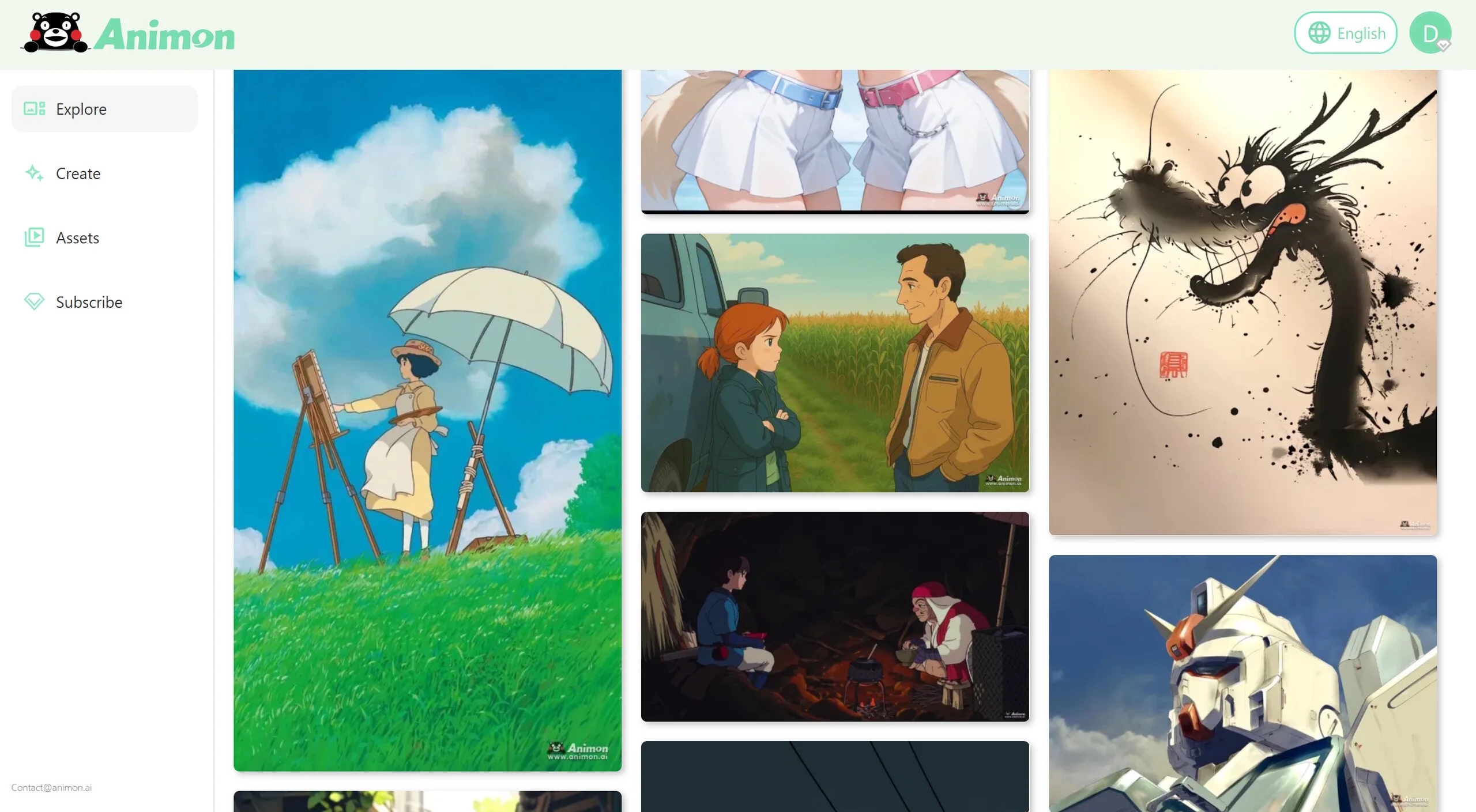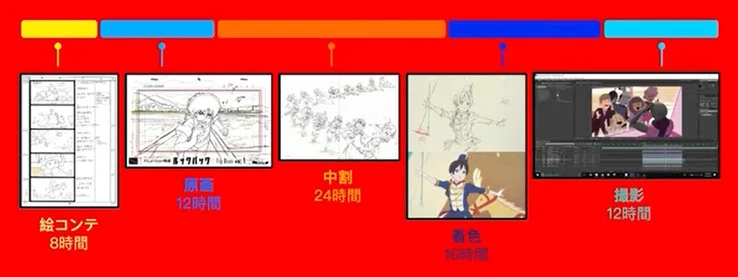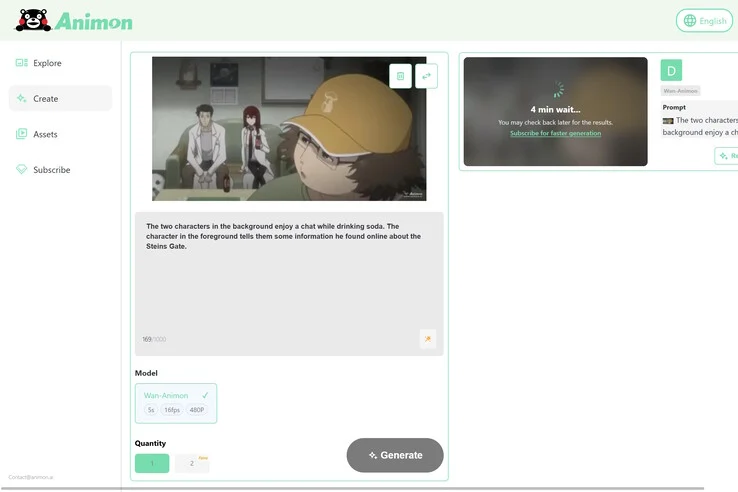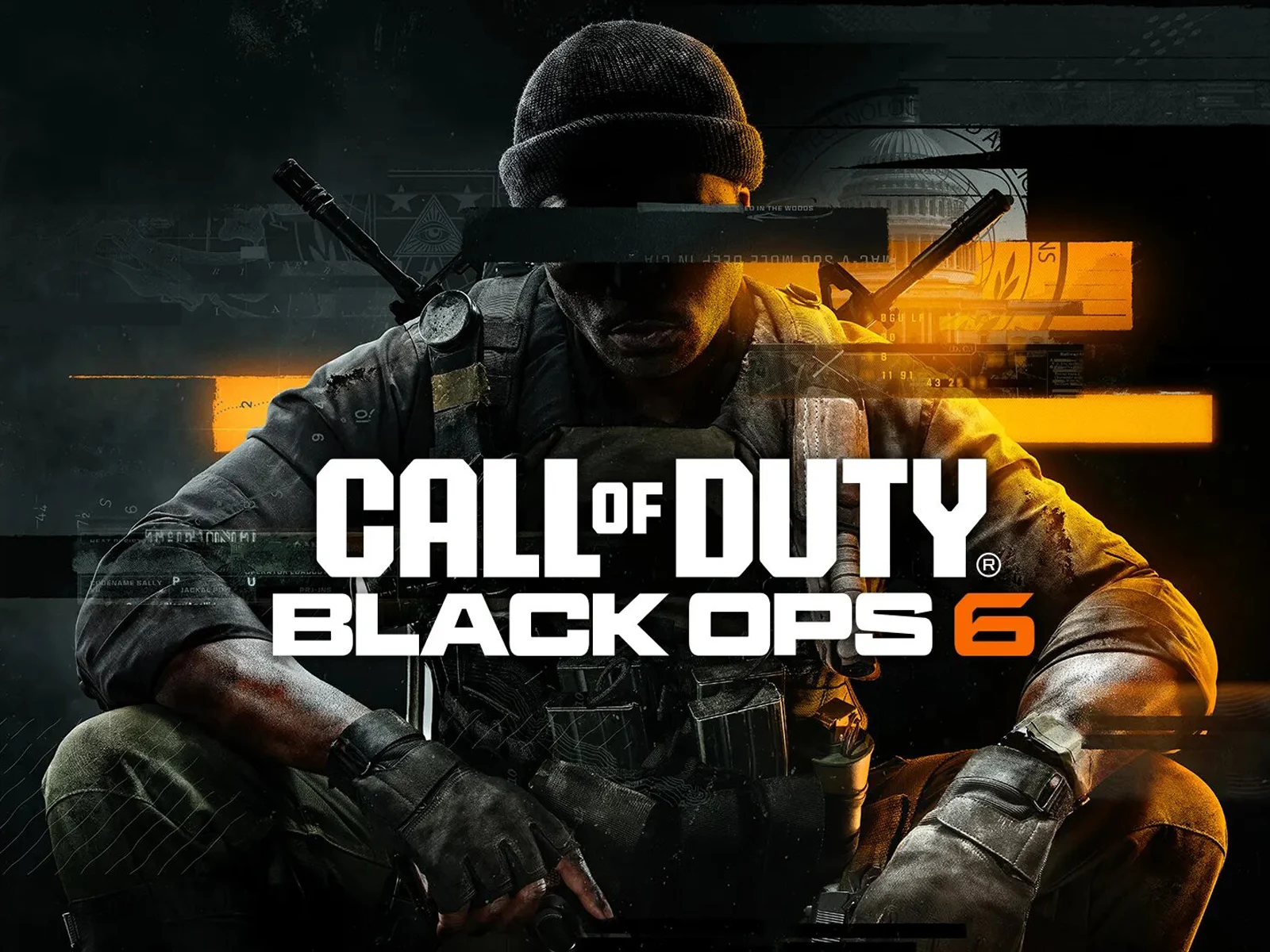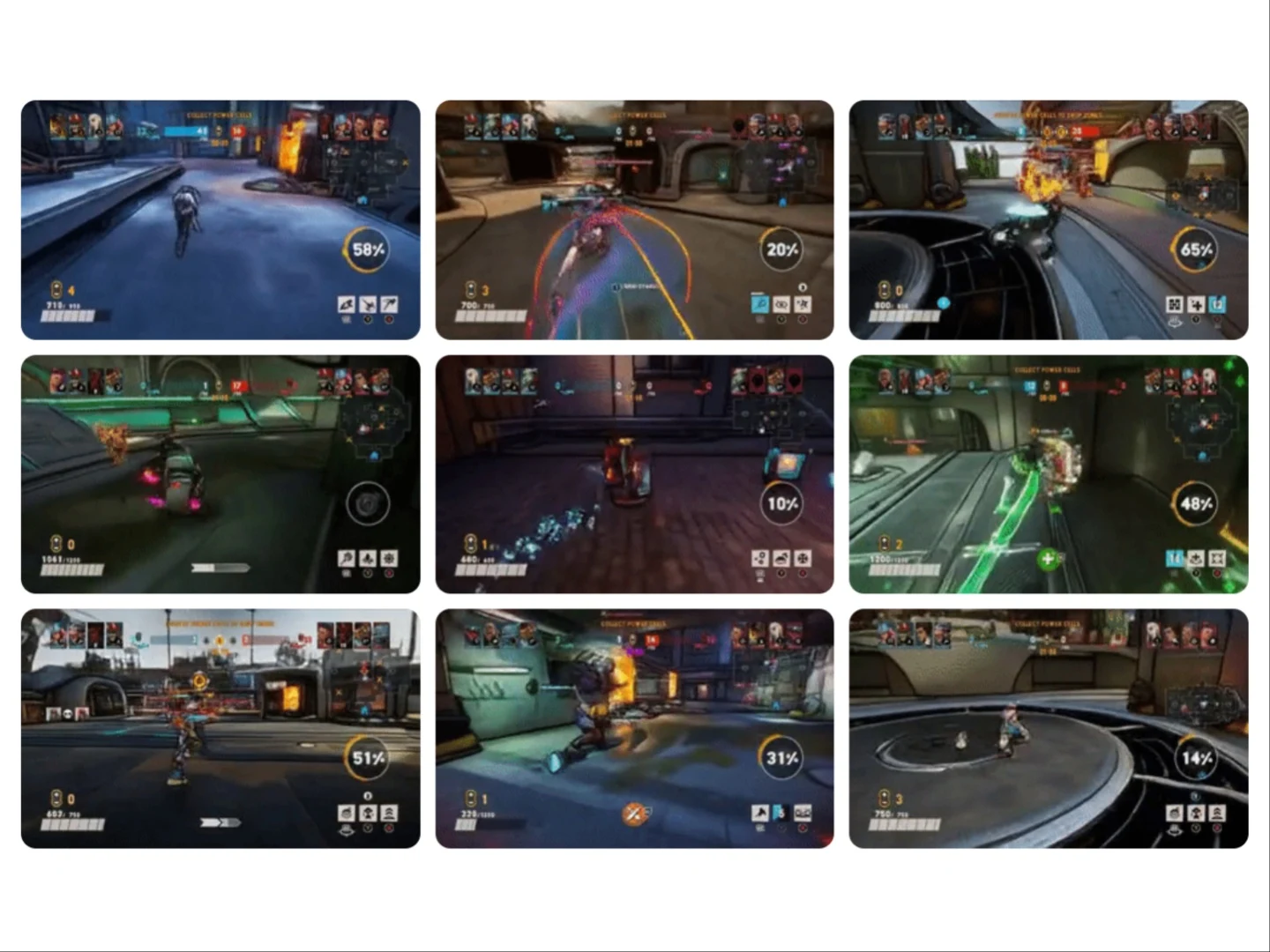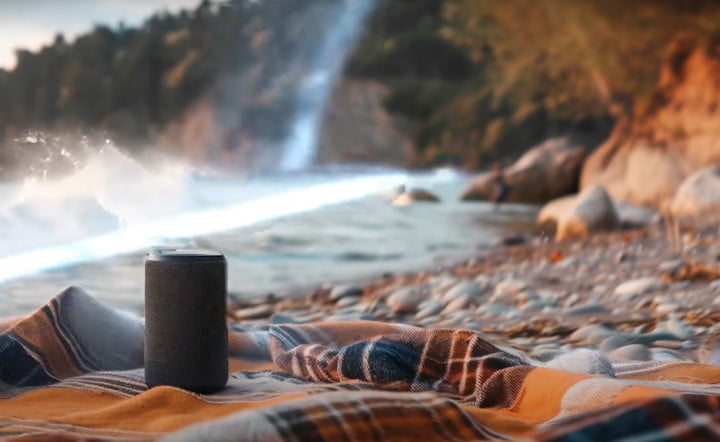Key Takeaways
1. Netflix has used generative AI for the first time in The Eternaut, creating a building collapse scene more efficiently than traditional VFX methods.
2. Co-CEO Ted Sarandos emphasized that AI tools enhance creativity without replacing human roles, streamlining production for teams with limited resources.
3. The collaboration with Eyeline Studios and local Argentine creatives highlights Netflix’s commitment to combining AI with human talent in production.
4. The entertainment industry is cautious about generative AI, with ongoing concerns about job security and the need for clear guidelines to protect creative roles.
5. Netflix is exploring further applications of generative AI, including natural language search and AI-driven interactive ads, aiming to improve user experience and internal processes.
Netflix has for the first time incorporated generative AI into one of its productions. In the Argentine sci-fi series The Eternaut, an important moment featuring a building collapsing in Buenos Aires was created using AI tools instead of the usual visual effects techniques.
Confirmation from Netflix Leadership
Ted Sarandos, the co-CEO of Netflix, shared this information during the company’s earnings call for the second quarter. The sequence that involved AI was finished approximately ten times quicker than it would have been with traditional VFX methods. Sarandos noted that this efficiency allowed the scene to be created without significantly raising the show’s production costs.
He mentioned, “The costs of the special effects without AI simply wouldn’t have worked for a show with that budget.”
A New Era for Production Teams
Netflix has positioned this choice as a way to enhance creativity for production teams that work with limited resources. Sarandos emphasized that this isn’t about replacing humans with machines. “This is real people doing real work with better tools,” he remarked. He also highlighted how AI is being utilized in pre-visualization and shot planning, areas that audiences don’t typically see.
The Eternaut is inspired by a renowned Argentine graphic novel and depicts the lives of survivors after a toxic snowfall in a post-apocalyptic Buenos Aires. The building collapse scene is the first occasion where Netflix has openly acknowledged the use of generative AI for visual effects in one of its series.
Collaborating with Local Talent
To bring this sequence to life, Netflix collaborated with Eyeline Studios, its internal VFX team, alongside Argentine creatives. While the company hasn’t provided specific details on the financial or time savings, the claim of a tenfold increase in speed offers a general idea of the impact that AI tools have had.
The larger entertainment industry remains uncertain about how to adapt to generative AI. Last year, writers and actors went on strike partly to establish guidelines for how studios could employ this technology.
The agreements reached allowed for the use of AI in specific situations but ensured that humans remained in key creative positions.
Industry Concerns and Future Prospects
Netflix’s application of AI in The Eternaut appears to align with this strategy. AI was utilized to support rather than replace VFX artists. However, not everyone in the industry is reassured. There are persistent worries about job losses and decreasing demand for skilled labor in post-production roles.
In addition to VFX, Netflix is also exploring other applications of generative AI. The company is trialing a search function that comprehends natural language and plans to introduce AI-driven interactive ads later this year. These innovations aim to enhance user experience and streamline internal processes.
During a quarter where Netflix generated $11 billion in revenue—partly thanks to the final season of Squid Game—the company is experiencing positive momentum. Sarandos indicated that a mix of quality content, increased prices, and better advertising performance contributed to results that exceeded expectations.
Whether generative AI will become a staple in Netflix’s productions relies on its long-term effectiveness and the responses from creators and unions.
In conclusion, the key point is clear: A show that would have struggled to afford a complex VFX shot managed to achieve it with AI. The sequence appears believable, costs were controlled, and the production timeline was maintained.
This serves as a small but significant indication of how AI is beginning to influence what viewers see on their screens. You may not recognize it, but it’s there, and for Netflix, that might be precisely the goal.
Source:
Link



